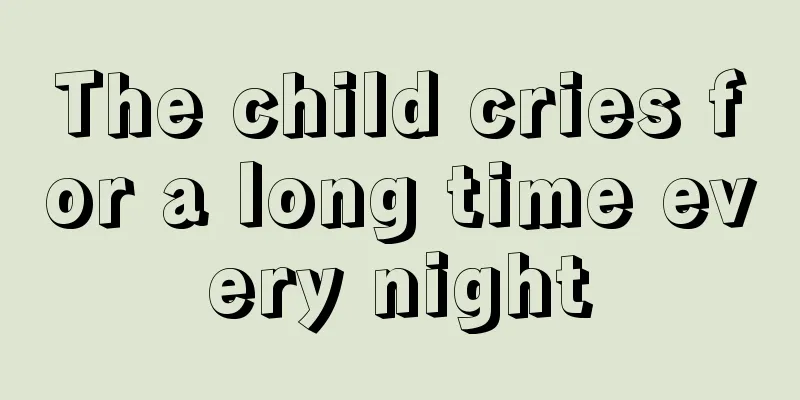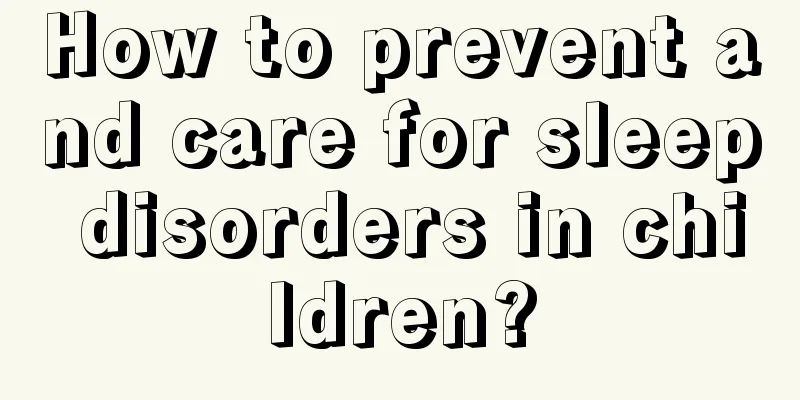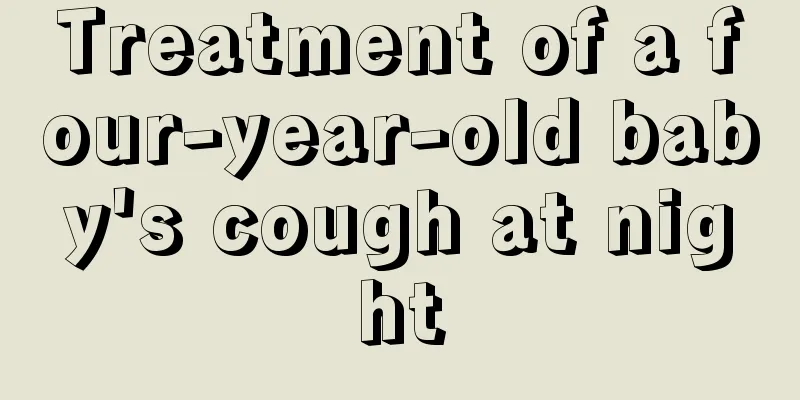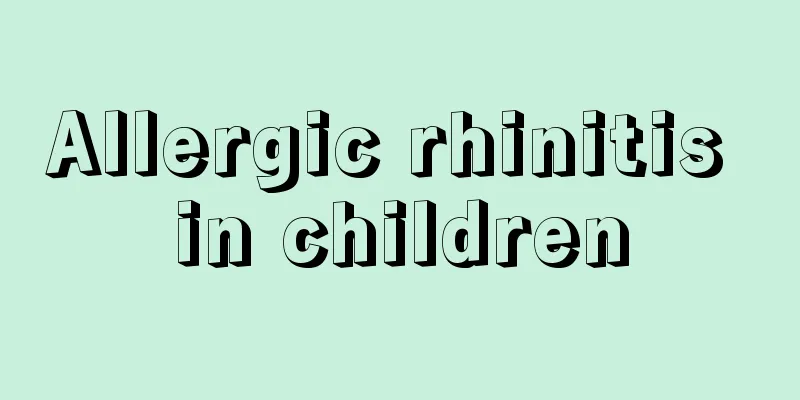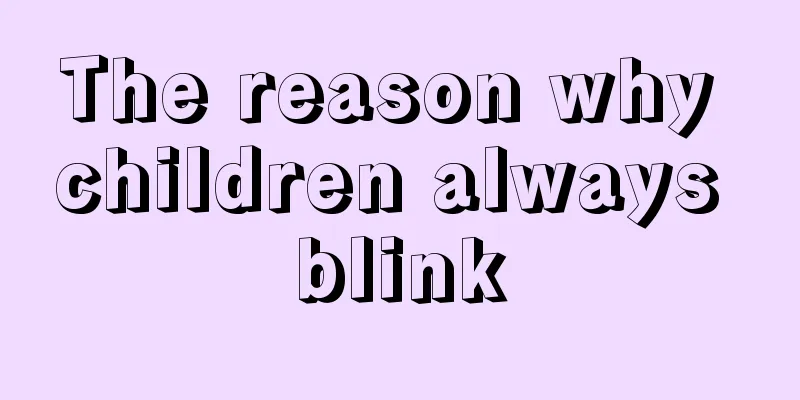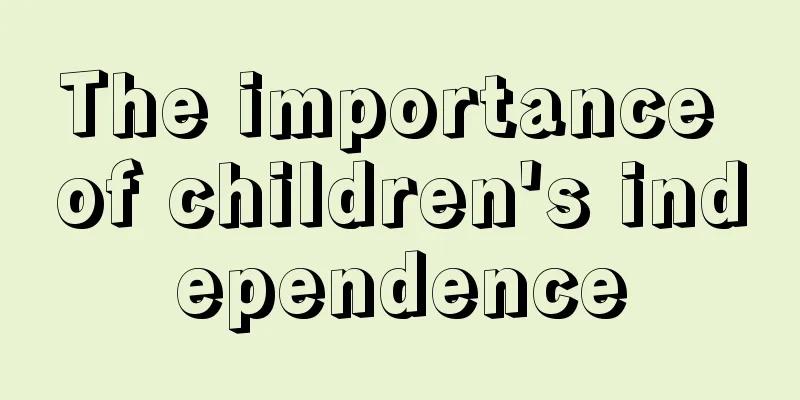Causes of Henoch-Schonlein Purpura in Children

|
Children's physical health is an issue that parents are most concerned about. Parents all hope that their children can grow up healthily. However, since children's organs are not fully developed, they are easily invaded by the outside world and develop some diseases. Therefore, parents can understand the symptoms and causes of some common childhood diseases, and try to help children avoid these common diseases in daily life. Let's take a look at the following introduction to children's allergic purpura. Allergic purpura is also called hemorrhagic capillary poisoning, which is a common microvascular allergic hemorrhagic disease. The causes include infection, food allergies, drug allergies, allergies caused by pollen, insect bites, etc., but the cause of allergies is often difficult to determine. It is more common in children and adolescents. There is often a history of upper respiratory tract infection 1 to 3 weeks before onset. It manifests as skin petechiae, which mostly appear around the joints of the lower limbs and buttocks. Purpura is symmetrically distributed, appears in batches, varies in size, and varies in color. It can merge into pieces and usually gradually disappears within a few days, but can recur. Patients may have gastrointestinal symptoms, such as paroxysmal abdominal colic or persistent dull pain; they may have joint pain; kidney symptoms, such as proteinuria and hematuria, are more common in children. Treatment includes trying to find the cause of the allergy and avoiding it; using antihistamines such as diphenhydramine, promethazine, ancillary drugs, chlorpheniramine, etc. and corticosteroids, etc. 1. Infection: such as children's colds, tonsillitis, pneumonia, diarrhea, urinary tract infections, skin sores, etc. About half of the sick children have a history of upper respiratory tract infection 1-3 weeks before the onset of the disease. 2. Food: such as fish, shrimp, eggs, milk, wine, beverages, soy products, leeks, beef jerky, etc., can cause the onset of allergic purpura, or cause relapse in those who have been cured. 3. Drugs: such as penicillin, sulfonamides, biological agents, various vaccinations, plasma products, blood, etc. 4. Toxins: bites from bees, snakes, scorpions, mosquitoes, etc. may also cause the disease. 5. Certain foreign objects: such as pollen, catkins, pet fur, paint, gasoline, dust, chemicals, pesticides, chemical fibers, etc. Children may become ill due to contact. In the above article, we introduced what is Henoch-Schönlein purpura in children. We know that the occurrence of Henoch-Schönlein purpura in children is related to many factors. Henoch-Schönlein purpura in children may be caused by infection, or by drugs and food. |
<<: Avoid these minefields when getting vaccinated, otherwise the consequences will be serious!
>>: What is hydrocephalus in children
Recommend
What to do if the child is weak?
We all know that children are in a period of rapi...
Reasons for fingernail shedding in children
You should take special care of your children at ...
How to treat children who are thin
As parents, we all hope that our babies can grow ...
What to do if your child has rhinitis and nasal congestion
Rhinitis and nasal congestion are common in child...
How long does it take for children's myositis to recover?
Myositis is a disease that children are very like...
What are the causes of indigestion in babies?
The younger the child, the worse his physical fit...
Causes of elevated lactate dehydrogenase in children
What is elevated lactate dehydrogenase in childre...
What are the symptoms of Down syndrome newborns
I believe many people know that human beings are ...
There are two treatments for mycoplasma infection in children
Mycoplasma infection in children has a huge impac...
What should parents do if their children are depressed
According to relevant surveys, 2 out of every 100...
Why doesn't the baby blink?
Under normal circumstances, people will blink at ...
What to check for short height in children
Children's height is constantly increasing du...
What is the standard of fetal development at six months?
Each developmental stage of a child is different,...
Child's glans pain
Pain involves many factors and occurs in differen...
What should I do if my child has herpetic pharyngitis?
Children suffering from herpetic pharyngitis are ...
